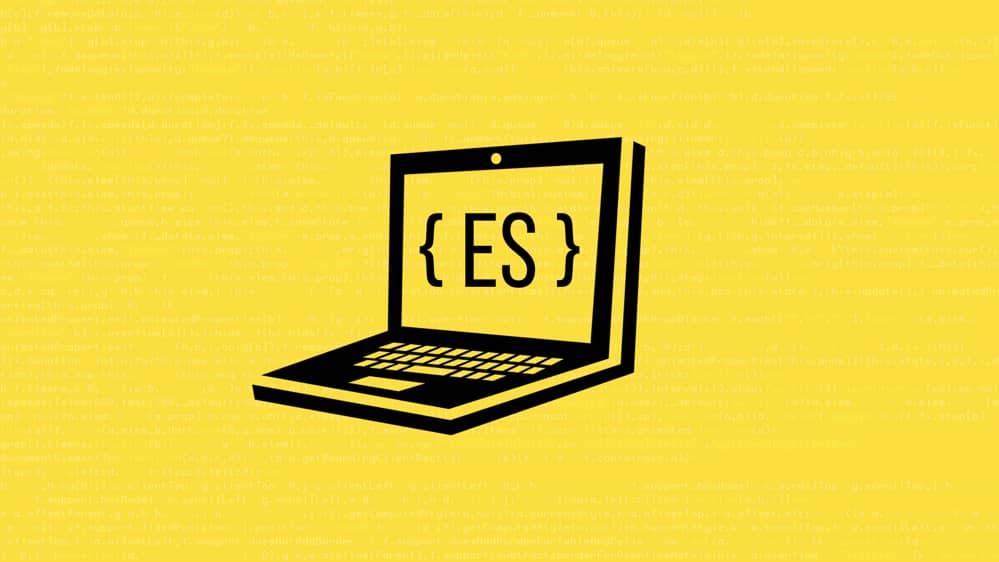Learn To Build Apps With ECMAScript ES2015
Imagine a world where the most complex apps, web pages can be made using the most simplest coding tools and also the simplest coding language – this is what the latest version of JavaScript aims to f...
- All levels
- English

Course Description
Imagine a world where the most complex apps, web pages can be made using the most simplest coding tools and also the simplest coding language – this is what the latest version of JavaScript aims to fulfill. The most popular programming language for web development, JavaScript, was finally upgraded to a new version ES6, also known as ES2015. The new language is believed to become the de facto l...
Imagine a world where the most complex apps, web pages can be made using the most simplest coding tools and also the simplest coding language – this is what the latest version of JavaScript aims to fulfill.
The most popular programming language for web development, JavaScript, was finally upgraded to a new version ES6, also known as ES2015. The new language is believed to become the de facto language for all internet applications sometime in the future.
See more See lessWhat you’ll learn
- What is ECMAScript? How has it changed from over the years?
- How to set up Babel and Traceur?
- Learn about declarations and classes, Let, and Const
- Learn about templates, template strings, new methods that can be used on strings
- Understand how data structures work (SET and MAP), what are iterators and what can they do?
- Learn about different functions such as generator functions, arrow function, promises and even how to modify data
- Create a working projects using all the new features learned above
Covering Topics | Program Insights
Curriculum
Frequently Asked Questions
This course includes
- Lectures 36
- Duration 4 Hour
- Language English
- Certificate No





